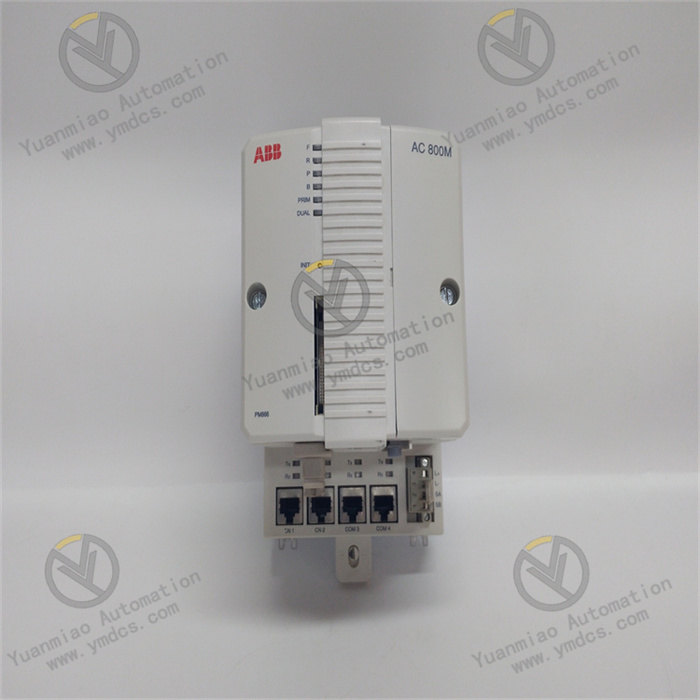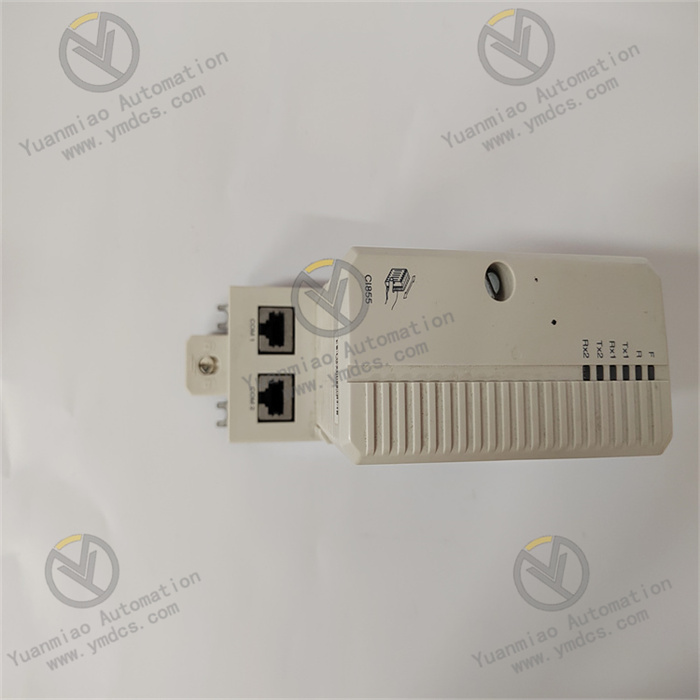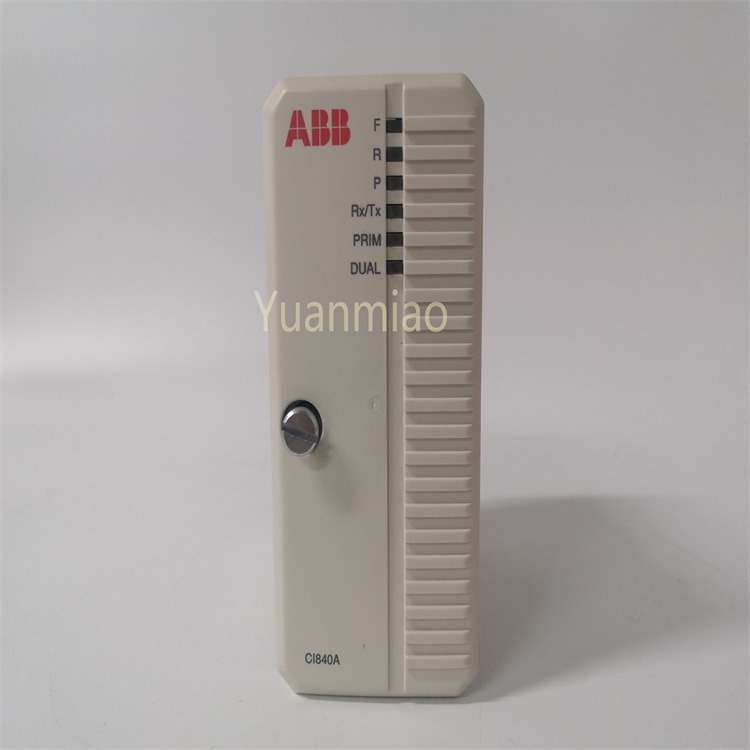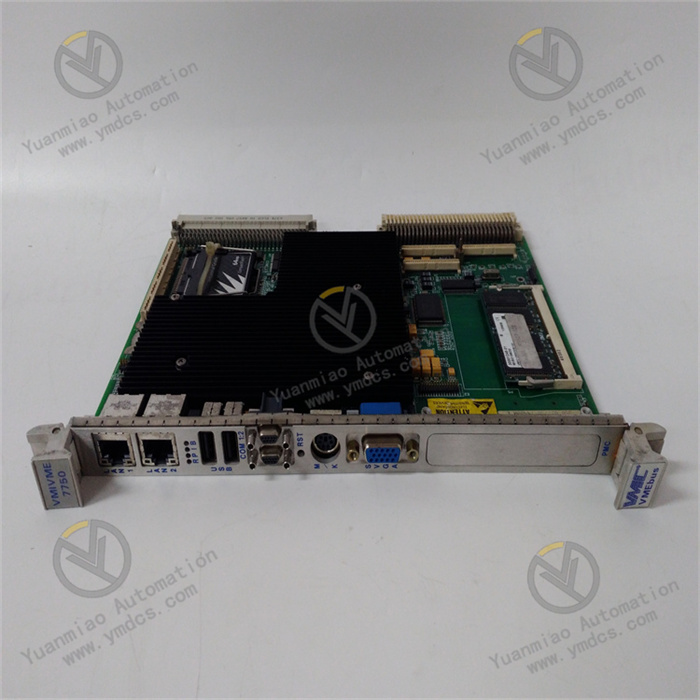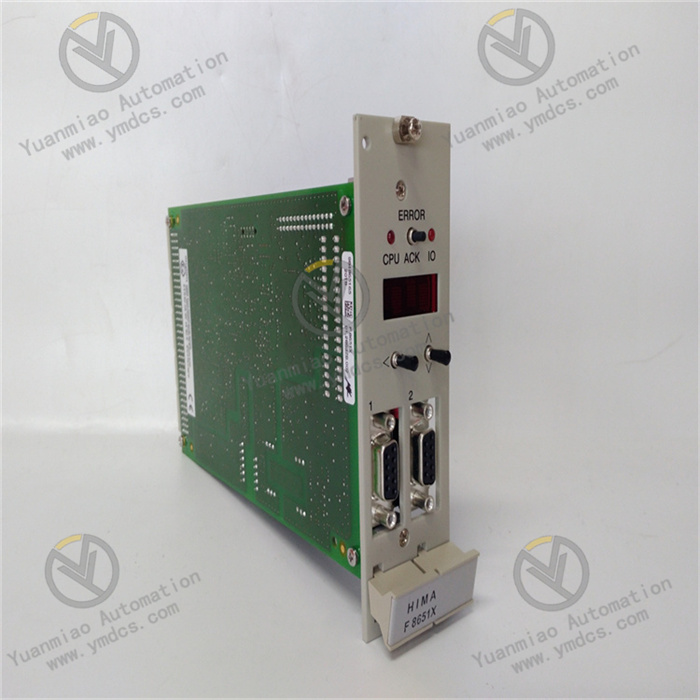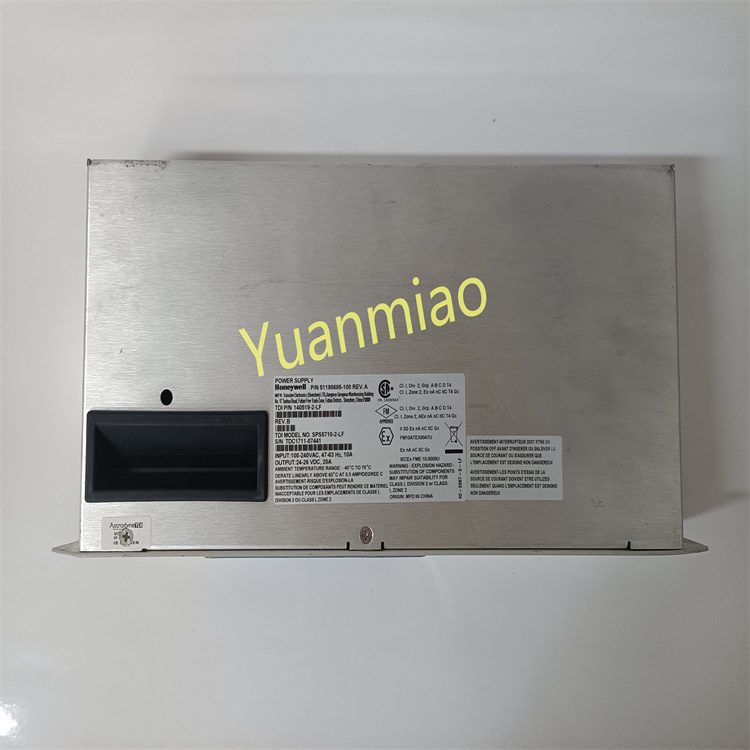Description
VMIVME-7807RC
I. Overview
The Abaco Systems VMIVME-7807RC is a high-performance Single-Board Computer (SBC) designed based on the VME (VersaModule Eurocard) bus standard. Renowned for its modularity, high reliability, and strong expandability, the VME bus holds a critical position in fields with strict requirements for stability and real-time performance, such as aerospace, defense, and industrial automation. As a typical product in this category, the VMIVME-7807RC integrates advanced processors, rich interface resources, and efficient storage solutions. It serves as the system core, undertaking key functions like data processing, communication management, and task scheduling, providing solid support for the stable operation of complex systems. Whether processing massive sensor data in aerospace flight control systems or achieving precise equipment control in industrial automation production lines, it plays a vital role.
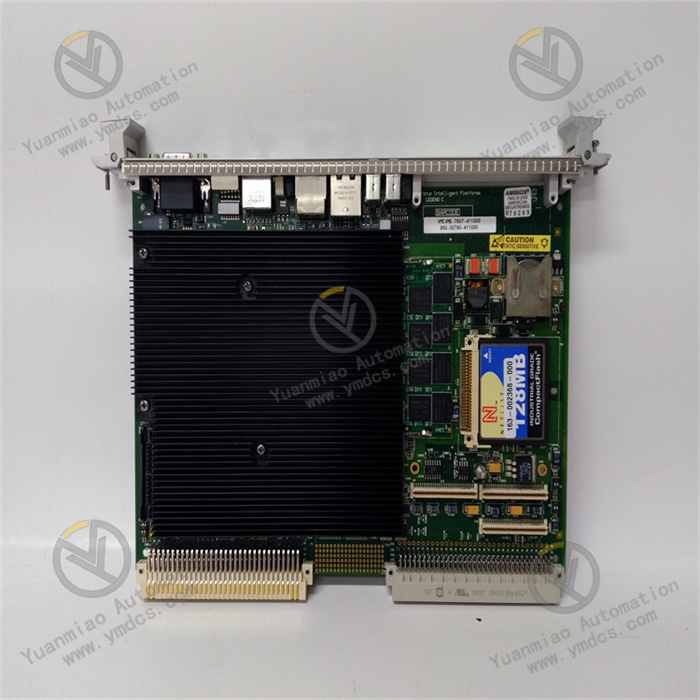
II. Functional Features
- Powerful Computing Performance: Equipped with high-performance processors, it boasts excellent computing capabilities and multi-task processing abilities, enabling rapid execution of complex algorithms and processing of large volumes of data to meet real-time computing needs. In scenarios such as aerospace navigation calculations and high-speed signal analysis in industrial automation, it ensures the timeliness and accuracy of data processing.
- Diverse Interfaces: Features multiple standard interfaces, including Ethernet, serial ports, USB, and PCIe. The Ethernet interface supports high-speed network communication for easy data exchange and remote control with other devices; serial ports enable connection with traditional devices and sensors to meet communication needs between different devices; PCIe interfaces support expansion of functional modules such as high-performance graphics cards and data acquisition cards, significantly enhancing system expandability and flexibility.
- Reliable VME Bus Architecture: Based on mature and stable VME bus technology, it ensures stable and high-speed data transmission with other VME modules. Its robust mechanical structure design offers good seismic and impact resistance, adapting to harsh working environments such as vehicle-mounted, shipboard, and field operations.
- Wide Temperature Operation: Supports stable operation within the wide temperature range of -40°C to +85°C, functioning normally in both polar low-temperature environments and areas near high-temperature industrial furnaces, thus greatly expanding the product's application scope.
- Efficient Data Storage: Built-in large-capacity storage devices (e.g., Solid State Drives, SSD) enable fast data storage and reading. Meanwhile, it supports data encryption to safeguard data security during storage and transmission, meeting the strict data security requirements of industries like defense and finance.
- Intelligent Diagnosis and Management: Equipped with comprehensive fault diagnosis functions, it real-time monitors system operation status through onboard indicator lights and management software, quickly locating fault points. When anomalies occur, it promptly issues alarms and takes corresponding measures (e.g., automatic redundant component switching), reducing system downtime and improving maintenance efficiency.

III. Technical Parameters
- Processor: [Specific processor model], main frequency [X] GHz, [X] cores [X] threads
- Memory: Supports up to [X] GB DDR [X] memory, expandable as needed
- Storage: Built-in [X] GB solid-state drive, supports external storage expansion
- Interfaces:
- Ethernet interfaces: [X] units, supporting 10/100/1000Mbps Ethernet
- Serial ports: [X] units, supporting RS-232/422/485 standards
- USB interfaces: [X] units, USB [X.X] standard
- PCIe interfaces: [X] units, supporting PCIe [X.X] standard
- Operating temperature range: -40°C to +85°C
- Storage temperature range: -55°C to +100°C
- Power supply: Supports [specific power specifications, e.g., 24VDC±10%]
IV. Working Principle
When the VMIVME-7807RC operates, the external power supply first connects to the board's power module, which converts it to stable voltages for each component, ensuring normal system operation. When external devices or sensors generate data, the data is transmitted to the board through corresponding interfaces (e.g., Ethernet, serial ports) based on the interface type. The processor on the board receives the data and analyzes, calculates, and processes it according to preset programs and algorithms.
During data processing, memory acts as a temporary storage and exchange space, collaborating with the processor to quickly access data and improve processing efficiency. After processing, data to be stored is written into the built-in SSD; data to be transmitted to other devices or systems is sent through the corresponding interface. Meanwhile, the board communicates with other VME modules via the VME bus to achieve data sharing and collaborative work, jointly completing complex system tasks. Additionally, the board's built-in monitoring module real-time monitors the operating status of each component (e.g., temperature, voltage, fan speed). Upon detecting anomalies, it immediately triggers the fault diagnosis mechanism, sending alarms through indicator lights and management software, and handling them according to preset strategies to ensure stable and reliable system operation.
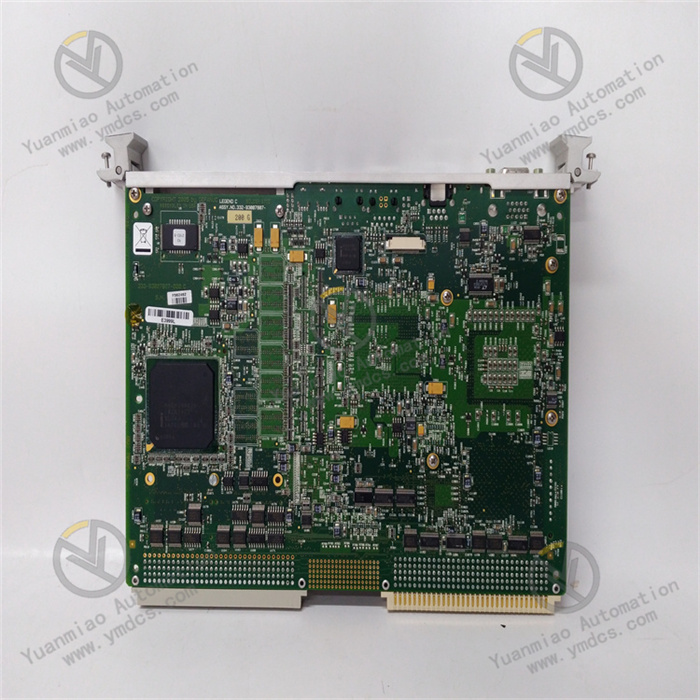
V. Common Faults and Solutions
- Failure to Power On
- Fault phenomenon: The board shows no response and indicator lights remain off after power connection.
- Solutions: First, check if the external power supply is normal and if power cables are loose or damaged, ensuring power input meets the board's requirements. Then, inspect the board's power module for obvious damage (e.g., bulging capacitors, burned components) and replace the damaged module if found. If the power module is normal, try resetting the board. If the issue persists, it may be a fault in other key motherboard components, requiring professional maintenance personnel for further inspection and repair.
- Abnormal Data Transmission
- Fault phenomenon: Data loss, errors, or transmission interruptions occur during interface data transfer.
- Solutions: For Ethernet interfaces, check network cable connections, replace cables or network devices (switches, routers) for testing, and verify network configurations (IP address, subnet mask, gateway, etc.). For serial communication, check serial cables and confirm that communication parameters (baud rate, data bits, stop bits, parity) match external devices. If PCIe interface expansion devices have transmission issues, check expansion card installation and driver correctness, reinstalling drivers or replacing cards if necessary.
- Unstable System Operation
- Fault phenomenon: System freezes, restarts, or program errors occur during operation.
- Solutions: Check if system temperature is too high, ensure good heat dissipation by cleaning radiators and fans, and replace fans if needed. Use memory testing tools to check for faults and replace memory if issues exist. Investigate software conflicts and uninstall incompatible recently installed software. If ineffective, it may be a processor or key hardware fault requiring further detection.
- VME Bus Communication Failure
- Fault phenomenon: The board cannot communicate normally with other VME modules, failing to share data.
- Solutions: Check VME bus connections for firm insertion into slots and good contact. Inspect VME bus cables for damage and replace them if needed. Verify correct VME bus address settings to avoid conflicts. If the problem persists, it may be a fault in the board's VME bus interface circuit, requiring professional maintenance.



